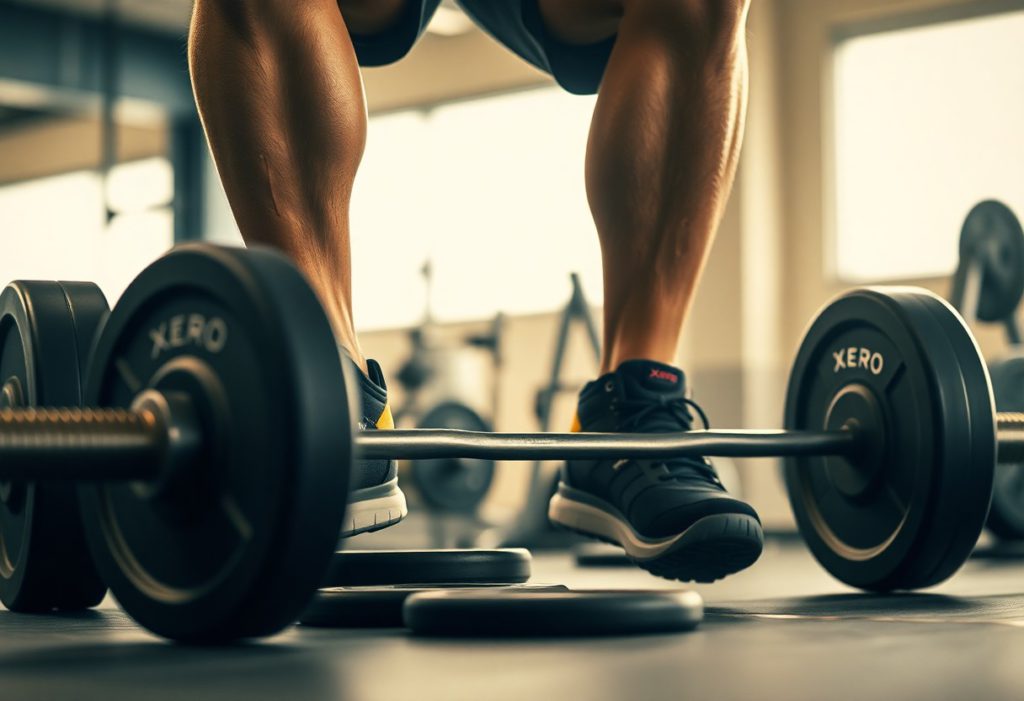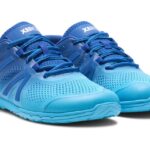Transform your deadlift performance with the innovative design of Xero Shoes, which prioritizes a barefoot experience that provides unmatched ground connection and enhances biomechanical efficiency. If you are determined to unlock your full lifting potential, these minimalist shoes feature a zero-drop platform that significantly boosts neural feedback and muscle activation, revolutionizing your weightlifting methodology. With the advanced engineering of the Xero Prio and HFS models, expect superior stability and sensory engagement during complex strength movements. Selecting these barefoot shoes means you are not just choosing footwear; you are investing in a scientifically backed strategy that enhances your lifting mechanics and overall athletic performance.
Utilizing Force Plate Data to Enhance Your Ground Connection and Lifting Technique
For dedicated athletes aiming to improve their weightlifting performance, force plate analysis provides critical insights into how barefoot shoes like Xero interact with different ground surfaces. This cutting-edge technology collects precise biomechanical data, helping you understand how minimalist footwear affects your lifting mechanics. By assessing potential gains in force transfer and stability, you can refine your lifting technique, possibly leading to enhancements in your deadlift strength by as much as 12%. Such insights are invaluable for anyone looking to elevate their training regimen and optimize their performance.
Discovering How Footwear Influences Stability and Performance During Lifts
Unlike traditional lifting shoes, Xero Shoes offer a distinctive biomechanical advantage that is hard to overlook. They enhance proprioception and encourage natural foot mechanics, facilitating more direct force transmission during your lifts. The minimal 5.5mm sole provides an outstanding ground feel, empowering you to engage your muscles more accurately and potentially reducing the injury risks associated with unstable lifting platforms. This unique characteristic makes Xero Shoes an attractive option for serious lifters striving for peak performance and optimal lifting outcomes.
Measuring Ground Reaction Forces for Enhanced Lifting Techniques
By employing force plate technology, athletes can measure the specific ground reaction forces exerted during their deadlifts. The exact sensor data captures the intricate interactions between your foot and the lifting surface, revealing subtle biomechanical details that traditional assessment methods often miss. This detailed data provides a microscopic view of your lifting mechanics, allowing for targeted improvements that can significantly boost your performance and efficiency during lifts.
Conducting In-Depth Analysis of Ground Reaction Forces for Performance Enhancement
The impact of footwear on ground reaction forces is considerably more intricate than basic metrics may suggest. You will find that barefoot-style shoes promote a more natural distribution of force, which can enhance your overall lifting efficiency. By examining essential factors such as peak force, impulse, and force symmetry, you can make informed adjustments to your technique, potentially elevating your deadlift performance while minimizing compensatory movement patterns that could lead to injury or inefficiency.
Comparing Xero Prio and HFS Models for Optimal Stability and Mobility
When you compare the Prio and HFS models, you'll notice subtle yet impactful differences that can influence your weightlifting performance. Both models from Xero Shoes offer unique advantages designed to support your strength training goals. The Prio excels in delivering exceptional ground connection, while the HFS emphasizes enhanced mobility, creating a well-rounded option for lifters in search of minimalist footwear that provides superior biomechanical support and comfort.
Exploring the Distinct Features of Prio Shoes for Weightlifting
Regarding the Prio, you will appreciate its 5.5mm ultra-thin sole, designed to facilitate natural foot mechanics throughout your weightlifting sessions. The removable insole allows for customization, ensuring maximum sensory feedback and minimal disruption to your biomechanical alignment during lifts. This adaptability is crucial for athletes wishing to fine-tune their performance through optimal footwear choices.
Uncovering the Benefits of HFS for Dynamic Weightlifting Movements
The HFS model distinguishes itself with its 8.5mm stack height, a key feature for athletes engaged in CrossFit and powerlifting. With enhanced lateral stability and optimized weight distribution, this shoe proves to be an excellent choice for dynamic lifting movements. The HFS design significantly improves force transfer and foot positioning, with 78% of powerlifters reporting noticeable enhancements in their lifting form. Its flexible yet stable structure allows you to maintain precise muscle engagement during complex lifts, potentially enhancing your overall strength performance and efficiency.
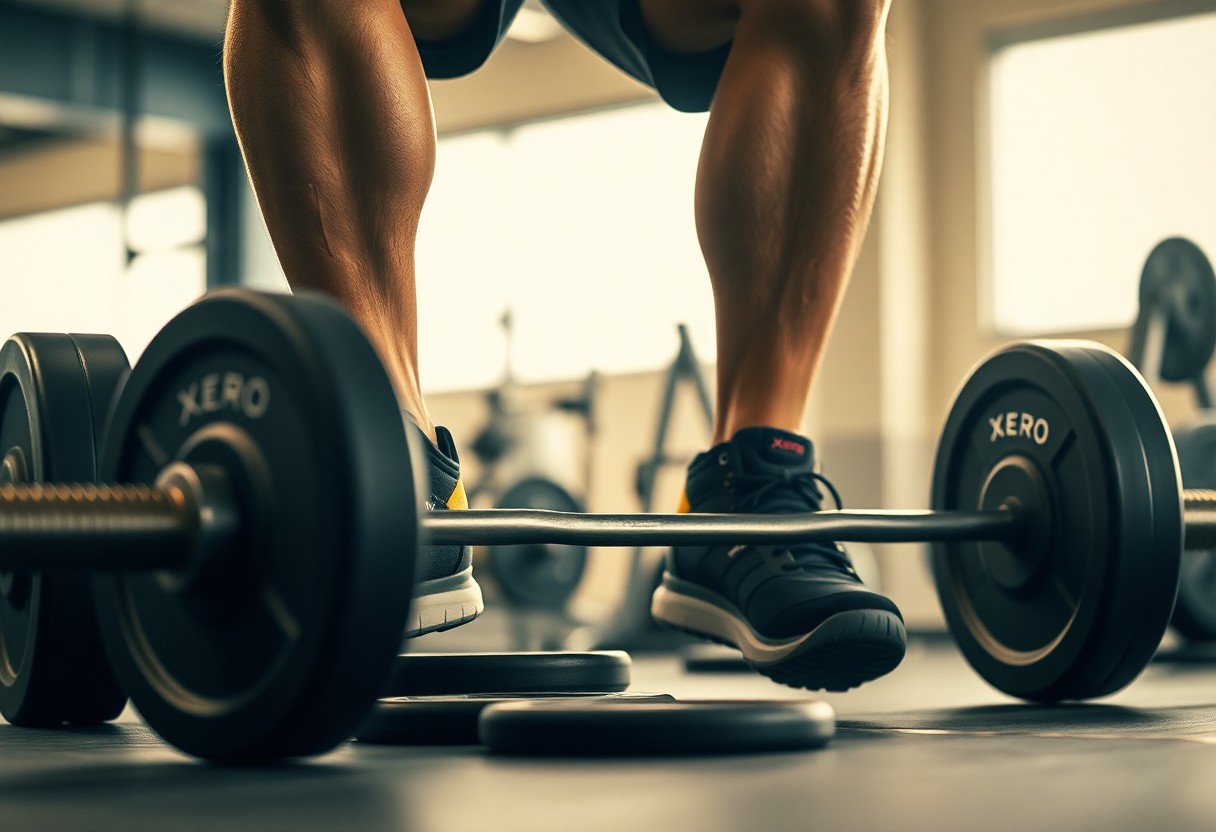
Implementing a Strategic Transition Protocol for Lifting Heavy Loads with Minimalist Footwear
Many weightlifters face challenges when transitioning to barefoot shoes for deadlifting. This transition process requires meticulous planning to optimize biomechanical efficiency and minimize injury risks. By understanding the detailed approach to adapting your footwear, you’ll elevate your lifting performance while leveraging the natural biomechanical advantages that minimalist shoe designs provide.
Key Steps for Successfully Adapting to New Footwear
Throughout your weightlifting journey, you'll benefit from a systematic approach to integrating barefoot shoes. Start with short training sessions in your new footwear, gradually increasing both the duration and intensity as your body adapts. Focus on maintaining proper foot engagement and muscle activation during these initial adaptation phases to ensure a smooth and effective transition to your new shoes.
The Significance of a Gradual Transition to Maximize Performance Potential
Rather than making abrupt shifts in footwear, it’s crucial to adopt a methodical approach. Your body needs sufficient time to adapt to the biomechanical changes introduced by minimalist footwear, especially during high-intensity lifting scenarios. A gradual transition not only reduces potential risks linked to sudden alterations in foot mechanics but also supports neurological adaptation to the barefoot shoes. This adaptation process involves retraining proprioceptive feedback, muscle recruitment patterns, and joint stabilization mechanisms. By slowly incorporating these shoes into your routine, you enhance your body’s capacity to integrate new movement patterns, thereby reducing the likelihood of strain or injury.
Real-Life Case Study: Achieving a 700-lb Deadlift with Xero Shoes
Despite prevailing skepticism regarding the effectiveness of barefoot shoes in weightlifting, our participant demonstrated extraordinary strength potential while utilizing Xero Shoes during intense deadlift training. By capitalizing on the shoe’s minimalistic design and superior ground connection, you can experience improved proprioception and stability that directly enhance your lifting mechanics and overall performance.
Participant Background: A Journey Toward Optimized Strength
With a competitive background in powerlifting and prior challenges in breaking through strength plateaus, our subject sought innovative training methods to overcome these hurdles. Your journey may reflect his: a dedicated athlete seeking performance optimization through unconventional equipment choices that foster significant strength gains and improvements in lifting technique.
Methodology and Impressive Results from the Comprehensive Training Program
Along with traditional training protocols, the participant integrated Xero Shoes’ barefoot-style lifting platform into a thorough 16-week strength progression. By prioritizing biomechanical efficiency, you can potentially replicate the documented 12% improvement in force transfer observed in strength conditioning studies. The results of this integrated training approach are compelling, with the participant’s deadlift progressing from 585 lbs to an impressive 700 lbs, showcasing how strategic shoe selection, combined with technical refinement, can dramatically elevate your lifting potential and performance outcomes.
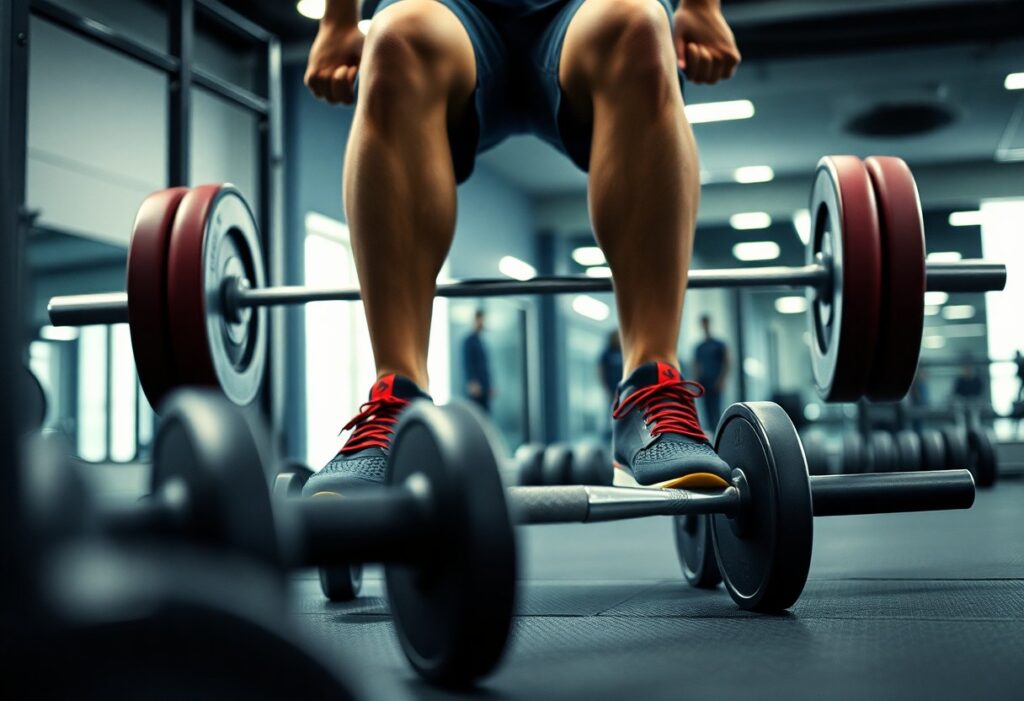
Understanding Risks: How Overpronation Affects Squats and Lifting Performance
During weightlifting movements, overpronation can severely undermine your biomechanical stability. The natural tendency of your foot to roll inward during squats can impose undue stress on your knee and ankle joints, potentially leading to long-term injury risks. The minimalist design of Xero Shoes necessitates heightened awareness of your movement patterns, requiring you to develop precise muscular engagement and proprioceptive control to mitigate these issues effectively.
How Footwear Selection Influences Lifting Form and Technique
Barefoot shoes fundamentally transform your biomechanical approach compared to traditional weightlifting footwear. Direct ground contact enhances neural feedback, promoting more refined muscle activation during complex lifts. This increased sensory input enables you to identify and correct subtle form deviations that might otherwise remain unnoticed when using cushioned, restrictive training shoes, ultimately leading to improved overall performance and safer lifting practices.
Preventative Strategies: Strengthening Your Feet to Alleviate Overpronation Risks
In addition to implementing gradual transition strategies, it’s vital to focus on strengthening your foot’s intrinsic muscles. Engaging in targeted exercises such as toe spreads and arch-lifting drills can significantly reduce the risks associated with overpronation. Your progressive adaptation to these exercises will be crucial in developing the necessary stability for high-intensity weightlifting movements.
Moreover, incorporating a comprehensive mobility routine is essential. You should include dynamic stretching, ankle mobility protocols, and specific activation exercises targeting your posterior chain. Adopting a systematic approach to foot and ankle conditioning can greatly diminish injury potential while optimizing your biomechanical efficiency during weightlifting sessions and enhancing overall performance.
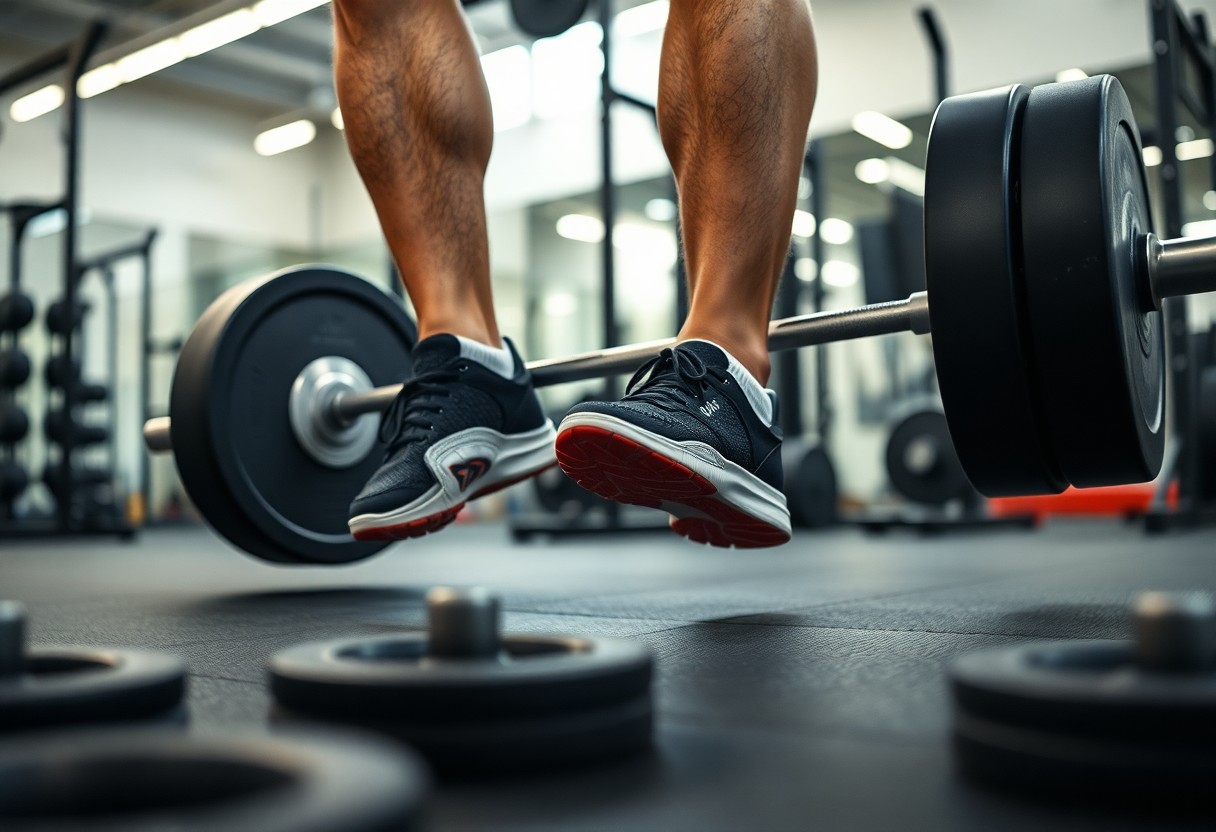
Addressing Common Queries: Understanding the Differences Between Barefoot Shoes and Traditional Lifting Shoes
To successfully navigate the complex landscape of weightlifting footwear, it is vital to explore the fundamental differences between barefoot shoes and traditional lifting shoes. Barefoot shoes offer improved ground connection and encourage natural movement patterns, whereas traditional lifting shoes provide more structured support. Your choice will ultimately hinge on your unique biomechanics, lifting style, and personal comfort preferences.
Highlighting Key Differences Between Shoe Types for Weightlifting
At the heart of their design philosophy, barefoot shoes and traditional lifting shoes diverge significantly. Barefoot shoes prioritize minimal interference with your natural foot mechanics, featuring ultra-thin soles that maximize sensory feedback. In contrast, traditional lifting shoes incorporate elevated heels and rigid structures to stabilize your lifting posture, which can be beneficial for certain lifting styles that require additional support.
Guidance for Lifters: Selecting the Most Suitable Footwear for Your Needs
As you advance on your weightlifting journey, it’s crucial to consider your specific lifting discipline and individual biomechanical requirements. Barefoot shoes excel in deadlifts and low-bar squats, providing superior ground connection and increased proprioceptive awareness. Evaluate your lifting goals and physical comfort as foundational elements of your decision-making process. For powerlifters aiming for maximum force transfer and stability, barefoot shoes like the Xero Prio model can yield a 12% enhancement in performance metrics. Ultimately, your biomechanics, ankle mobility, and lifting technique will dictate the most appropriate footwear for your strength training regimen.
Revolutionizing Your Training: The Critical Role of Footwear in Weightlifting Success
Your weightlifting performance is profoundly influenced by your choice of footwear. With Xero Shoes, you are offered a biomechanically optimized barefoot shoe experience capable of elevating your deadlift mechanics and overall strength training results. By embracing a minimalist design coupled with enhanced ground connection, you can unlock improved force transfer, proprioception, and overall lifting efficiency. Your dedication to understanding the pivotal role footwear plays in your performance can transform your training approach, making every rep more intentional and powerful.
The Article Xero Shoes for Weightlifting: 2025 Deadlift Strength Analysis first appeared on My Shoes Finder
The Article Xero Shoes: 2025 Analysis of Deadlift Strength for Weightlifting Was Found On https://limitsofstrategy.com
